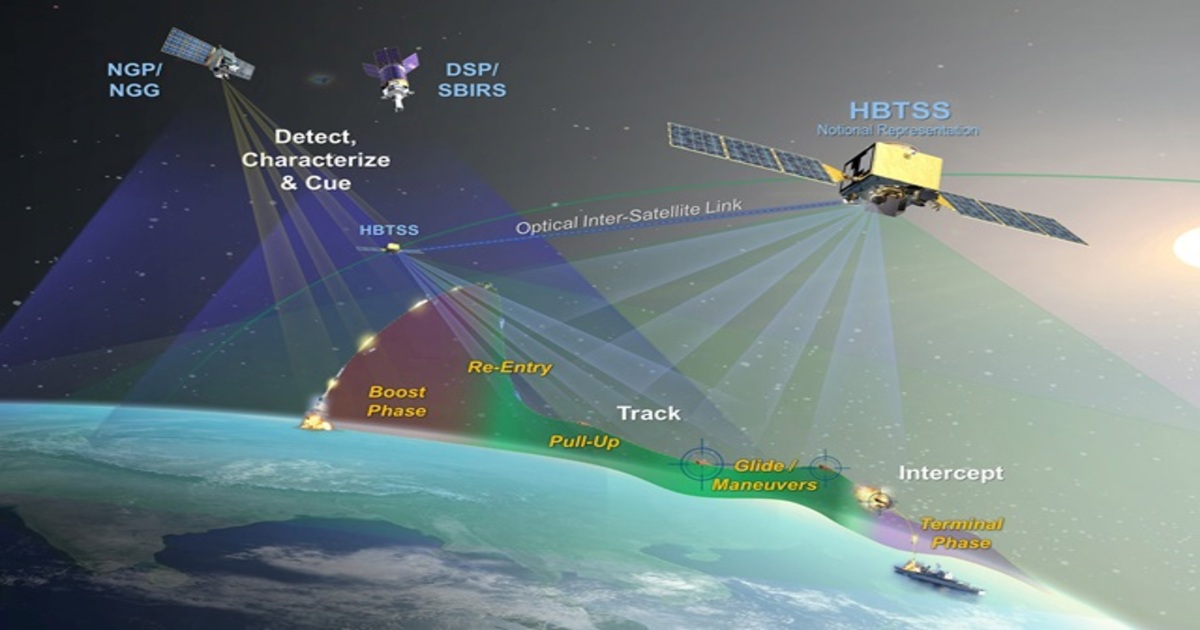SpaceX launches military satellites to track hypersonic missiles

The HBTSS (Hypersonic Ballistic Tracking Space Sensor) satellites are configured to track hypersonic missiles. Two prototype satellites for the Missile Defence Agency and four missile tracking satellites for the US Space Force were launched on a SpaceX Falcon 9 rocket on Wednesday from Florida's Space Coast. The rocket headed northeast of Cape Canaveral to launch six payloads into Earth orbit. Later on Wednesday evening, Space Force officials declared the launch a success.
Challenges and answers
The satellites are part of a new generation of spacecraft designed to track hypersonic missiles launched by China or Russia, and possibly new missile threats from Iran or North Korea, which are developing their own hypersonic weapons. Hypersonic missiles pose new challenges for missile defence agencies and space forces. They are manoeuvrable and difficult to detect, making them more dangerous than traditional ballistic missiles. The development and deployment of such satellites is a step towards increasing defence capabilities against new threats.
A new strategy: PWSA
A key element of the new strategy is the Proliferated Warfighter Space Architecture (PWSA), which involves the massive use of small and relatively inexpensive spacecraft. Christopher Kubasik, chairman and CEO of L3Harris, said that these advanced satellites will provide the integrated and sustained warning and defence capabilities the United States needs against hypersonic missile threats. The four SDA tracking satellites, built by L3Harris, are the last spacecraft the agency will launch in its prototype group called Tranche 0. Starting later this year, SDA plans to launch a rapid launch campaign with SpaceX and United Launch Alliance to quickly build its Tranche 1 operational group with launches occurring at one-month intervals to deploy approximately 150 satellites. This will be followed by a Tranche 2 group with more advanced sensor technology.
Collaboration and training
SpaceX satellites will interact with other tracking systems for joint military exercises. According to information provided by Ars, joint military exercises in the coming months will include the participation of SDA satellites with a wide-area view, providing "guidance data" to HBTSS MDA satellites. Future series or generations of SDA satellites are expected to improve on these capabilities, including the ability to measure the average field of view on HBTSS MDA satellites. HBTSS satellites, which cost more than $300 million, and SDA tracking prototypes will participate in a joint military exercise in the coming months, where wide-area SDA satellites will provide "guidance data" to the HBTSS MDA spacecraft. According to a report published last year by the Congressional Research Service, the narrower field of view of the HBTSS satellites can provide more specific targeting data for a ground-based interceptor. Future series or generations of SDA satellites will have the capability to measure the average field of view on HBTSS MDA satellites.
Source :Ars Technica